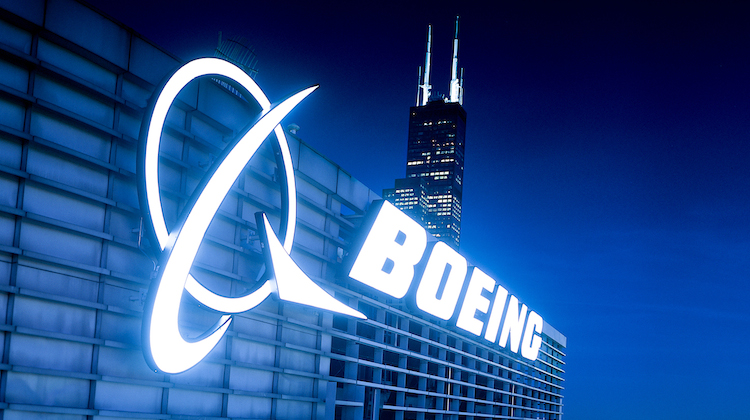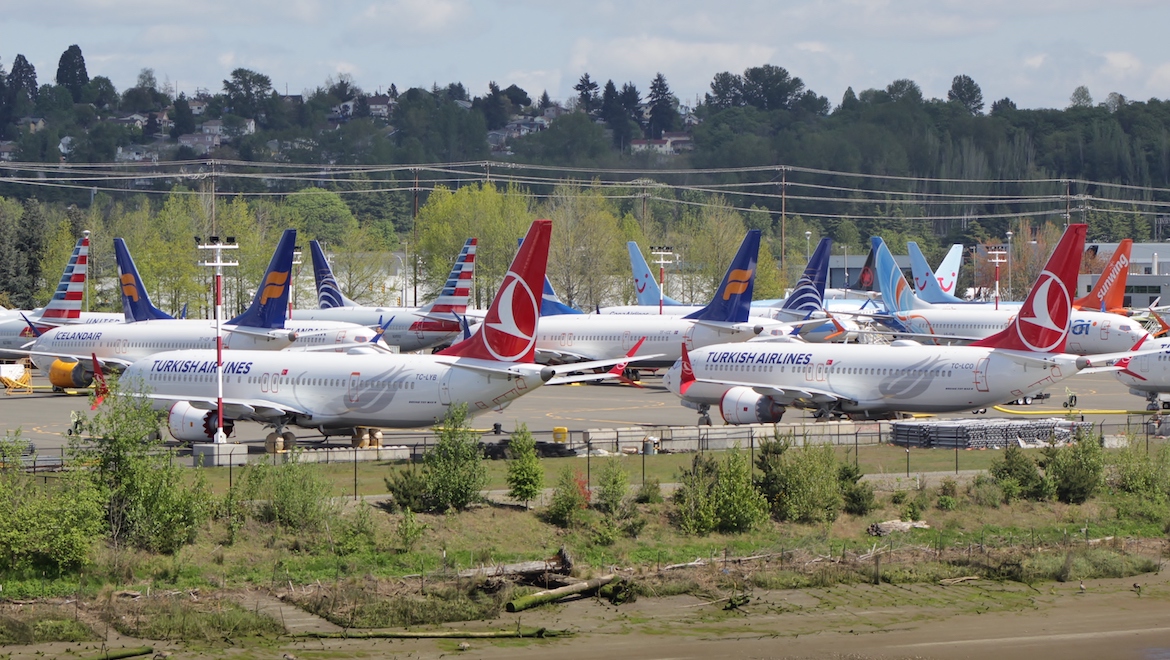
Boeing says an independent review of the way the company designs aircraft has recommended a revamp of its engineering division and a re-examination of assumptions around flight deck design and operation.
The findings of the five-month review that was commissioned in April following the fatal crash of an Ethiopian Airlines 737 MAX 8 in March 2019 were made public on Wednesday (US time).
The Ethiopian Airlines accident occurred six months after a Lion Air 737 MAX 8 plunged into the Java Sea minutes after departing Jakarta and led to the global grounding of the entire 737 MAX fleet. An anti-stall feature installed on the 737 MAX has been implicated in both tragic events.
There were six recommendations from the Boeing review, including a need to consider how the flight deck has evolved over time and how pilot training has changed.
“The board recommends that Boeing partner with its airline customers and others in the industry to re-examine assumptions around flight deck design and operation,” Boeing said.
“Design assumptions have evolved over time, and the company should ensure flight deck designs continue to anticipate the needs of the changing demographics and future pilot populations.
“Additionally, the company should work with all aviation stakeholders to advise and recommend general pilot training, methods and curricula – where warranted, above and beyond those recommended in a traditional training program – for all commercial aircraft manufactured by the company.”
Another recommendation called for the realignment of Boeing’s engineering function, with all engineers throughout the company to report to the chief engineer, who in turn reported directly to the chief executive.
“The company’s chief engineer should focus his or her attention primarily on the engineering function and the related needs of the company, supported by a senior leader who is responsible for developing, implementing and integrating new technology, tools, processes and digital systems,” Boeing said.
“The board believes the recommended realignment would strengthen the company’s engineering function, promote continued companywide focus on customer, business unit and operational priorities, and result in an even greater emphasis on safety.”
Further, the review called for a new Product and Services Safety organisation within Boeing to be set up and be tasked with reviewing “all aspects of product safety, including investigating cases of undue pressure and anonymous product and service safety concerns raised by employees”. It would also maintain oversight of Boeing’s accident investigation team and the company’s safety review boards.
“The committee believes the work of this organisation should increase awareness and reporting of, and accountability for, safety issues within the company, further improving enterprise-wide product and services safety,” Boeing said.

Also, Boeing said the review recommended its engineering and technical experts who represented the United States Federal Aviation Administration (FAA) in airplane certification activities report to the Product and Services Safety organisation and vice president for Product and Services Safety.
Other recommendations included the establishment of a design requirements program, an enhancement of the company’s continued operation safety program, and expanding of the role and reach of the safety promotion centre beyond the engineering and manufacturing communities to the global network of employees, factories, facilities and offices.
Meanwhile, Boeing has formally established its aerospace safety committee to review the company’s policies and processes for the design and development of its aircraft.
The committee, which was first announced in April, comprised three Boeing directors, with former US joint chiefs of staff Adm Edmund Giambastiani Jr (Ret) the chair alongside Emerald Creek Group president Lawrence Kellner and Duke Energy chief executive Lynn Good.
Finally, the airframer said it would include safety-related experience as one of the criteria to consider in choosing future directors.
“The independent committee review was extensive, rigorous and focused on delivering specific recommendations to ensure the highest levels of safety in Boeing airplanes and aerospace products and services and for all who fly on Boeing airplanes,” Giambastiani said.
“The committee and the board believe these recommendations, along with actions already taken by the board, will strengthen engineering at the company, bolster the safety policies and procedures for the design, development and production of Boeing products and services, and further improve board and management oversight and accountability for safety not only at Boeing, but throughout the global aerospace industry.”












